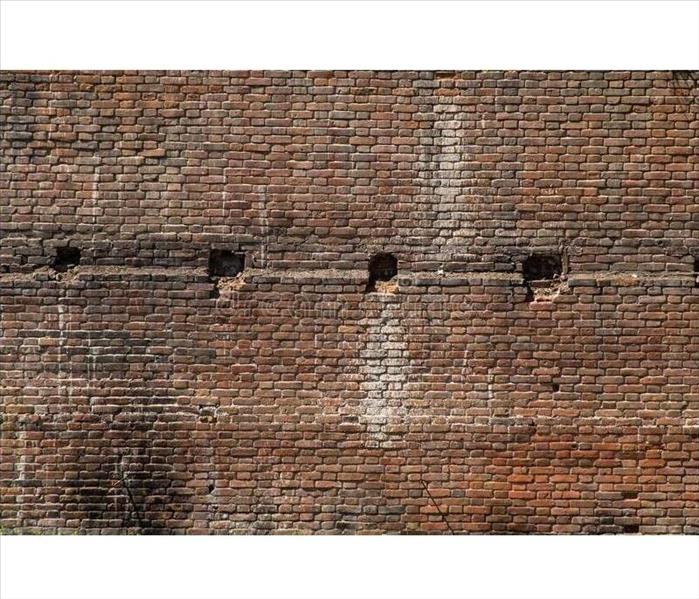How to remove Soot from Concrete
2/13/2023 (Permalink)
Fires can happen anywhere. While the cause of fires vary, every year thousands of homes, commercial properties, and industrial facilities deal with the cleanup after a blaze. In the aftermath of a fire, structural engineers and insurance companies will work together to determine if a property can be salvaged. In many cases, a fire restoration specialist will work with the owner to resurrect the property from the ashes.
The approach a fire restoration specialist takes to remove soot from brick can be different depending on the cause of the fire, how long it burned, what the fire consumed, type of fire damage and where the soot accumulated. These factors, plus the amount of square footage damaged will determine the recommended cleaning methods. Fires that involve diesel fuel, plastics, rubber, or other petroleum based products typically create an oily soot while fires that involve wood and other construction materials can leave fine powder residue.
Brick is particularly susceptible to water absorption and subsequent damage. Caution should be used when pressure washing brick with liquid cleaning products, as they can penetrate porous masonry products (including mortar and brick) which can lead to material breakdown and deterioration.
Micro-abrasive cleaning is a dry option that cleans the surface soot without the need to deal with liquid runoff. Sponge Blasting is one of the faster methods of soot removal.

 24/7 Emergency Service
24/7 Emergency Service
